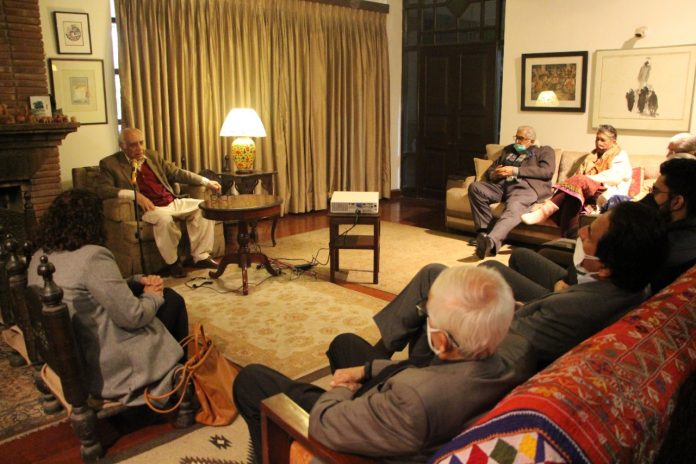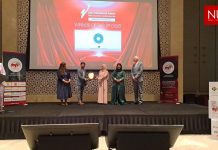Lahore (NUT-DESK)
THAAP organized a thought provoking talk entitled Thinking with Ghalib at THAAP head office in Gulberg, on friday 14th January. During the Talk, Dr Anjum Altaf reinterprets Ghalib’s relevance to modern times. The poet Mirza Ghalib is primarily a philosopher who asks thought-provoking questions about identity, faith and faithfulness, but rarely provides answers, said Dr Anjum Altaf because he wants his audience to think for themselves and find their own answers. Therefore, the reader is drawn into a discussion out of which a richer understanding would emerge for all. Ghalib communicates his ideas in very elegant poetry and in a few, simple, and often playful words. This makes him a much more agreeable companion than other philosophers whose meanings only experts can decipher.
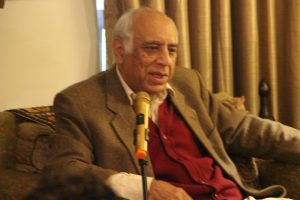
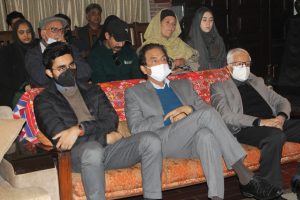
Dr. Anjum Altaf, former dean of the school of humanities and social sciences at LUMS, presented his new book ‘Thinking with Ghalib: Poetry for a New Generation’, co-authored with Amit Basole, a professor at the Azim Premji University in Bangalore. Dr Altaf further elaborated that the book is designed to put Ghalib to use and drag him back from the celebratory shelf on which he has been placed into the midst of the turmoil of our everyday and often confusing lives. It also hopes that readers would be hooked on Ghalib and read the rest of his poetry that is equally exhilarating and thought provoking.
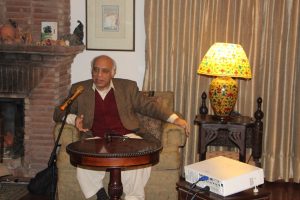
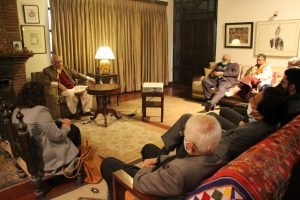
Dr. Altaf observed that for people of his generation almost every event in daily life brought to mind some couplet of Ghalib which suggests that Ghalib’s ideas have an organic and immediate connection with contemporary reality. If this is true, the relationship should also hold in the reverse direction. Ghalib’s ideas should enable us see contemporary reality with great clarity, which would make Ghalib a great teacher. We are fortunate to have as part of our heritage a resource like Ghalib to help us engage with these big questions in a lighthearted way.
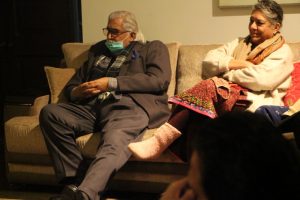
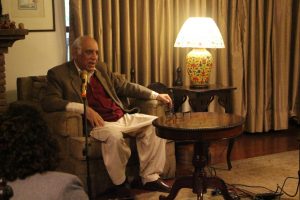
The problem is that very few are now familiar with Ghalib’s verses to trigger the journey from idea to reality. This was the motivation for writing the book which introduces 30 of Ghalib’s most exciting couplets in Urdu, Hindi, and Roman script. An English translation is also provided for those who might find the vocabulary difficult. The authors then describe how they use the couplet to better understand some aspect of contemporary reality.
*******

